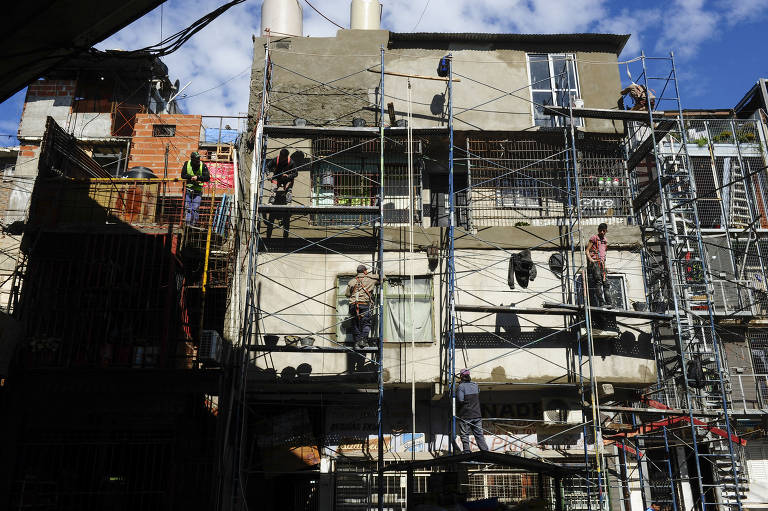Visitors leave the international airport, take a taxi, and go up the overpass towards the most touristy part of the city. On the way, you are surprised by the sea of brick houses and the clothes on clotheslines that line the expressway. The setting is reminiscent of Brazilian favelas, but it is Villa 31, in Buenos Aires.
"About 20 years ago it was just one or two floors, now it's five or six," says architect and community leader Cesar Sanabria, 39, pointing to a pile of colorful buildings.
One of the best-known favelas in Argentina, Villa 31 today joins 5,686 other so-called "popular neighborhoods" spread across the country, half of which emerged in the last two decades.
With poverty rates on the rise, the country is consolidating its "favelization" process and mirroring an old and growing phenomenon in Brazil.
Experienced in the area, Brazilians bring social entrepreneurship to the neighboring country.
"Brazilians are very creative and more technological", says Vinicius Mendes Lima, founder of the social development agency Besouro, which operates in both countries.
In 2016 it was estimated that 3.5 million Argentines lived in these areas, today there are 5.2 million, according to the Ministry of Social Development. The country has 46 million inhabitants.
Translated by Cassy Dias
